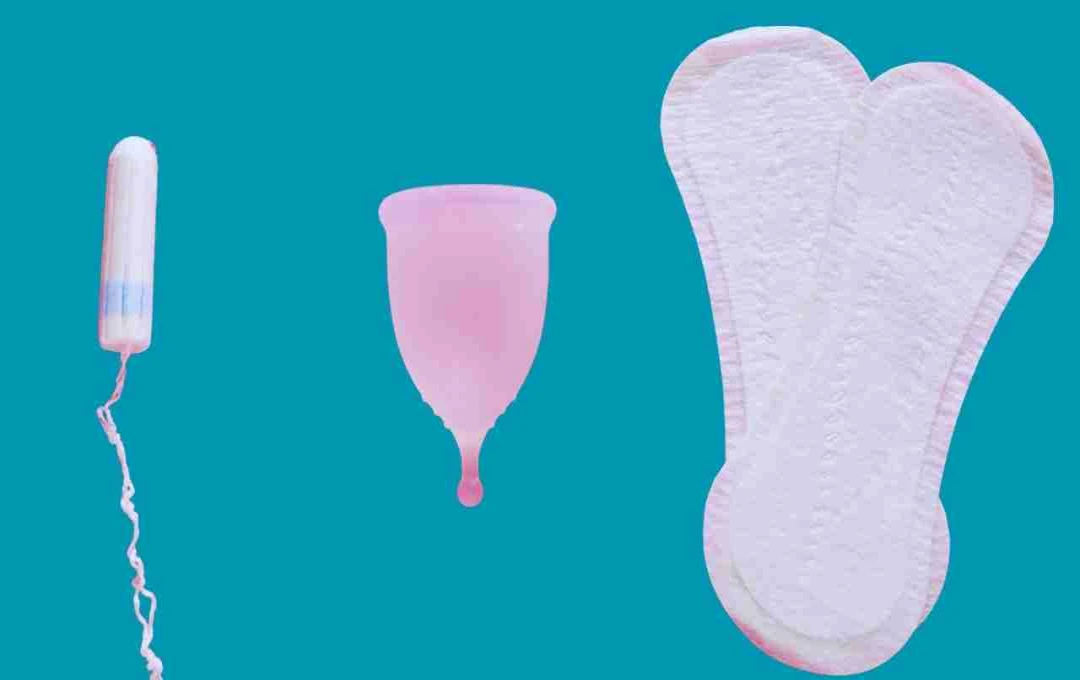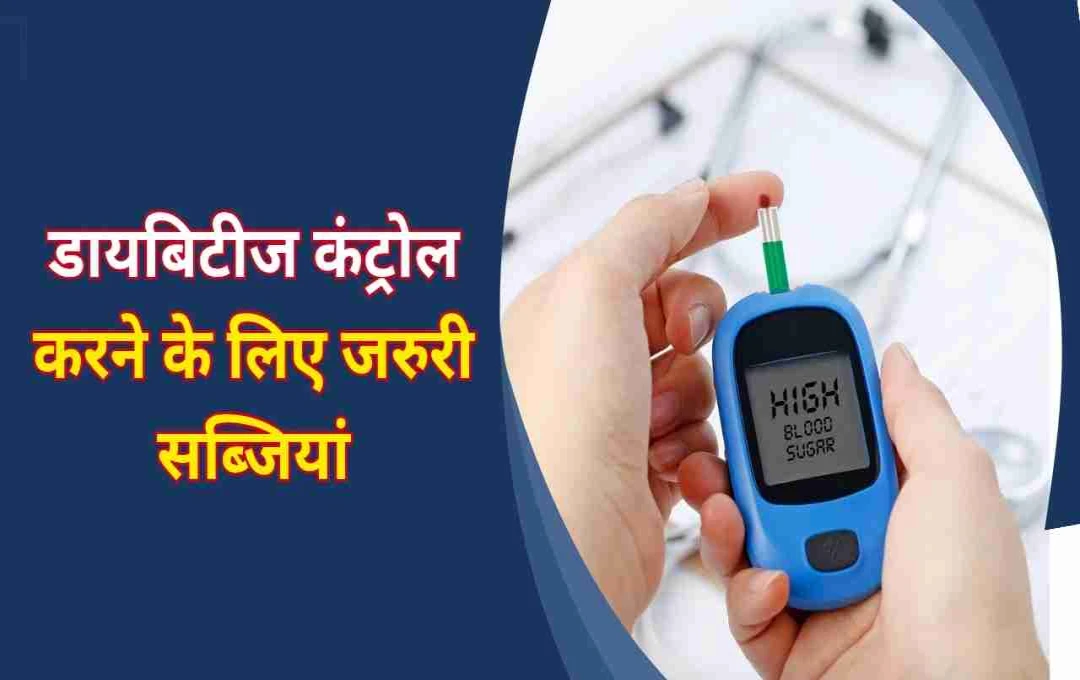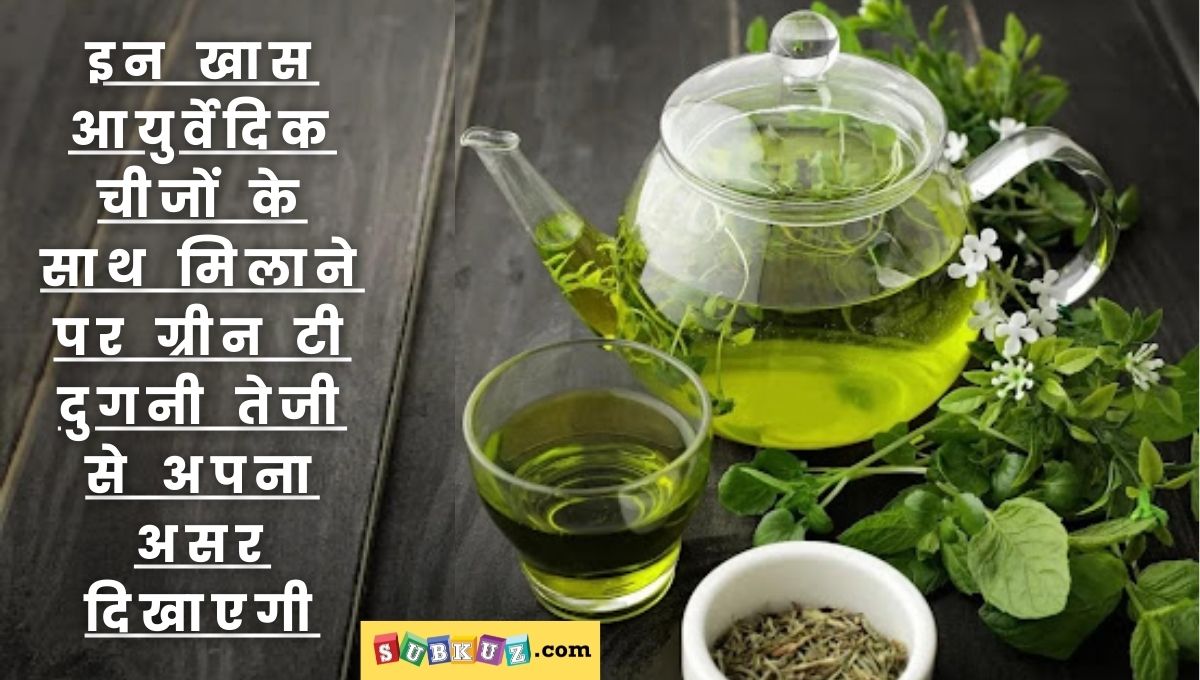Menstruation, a normal biological process for women, often generates confusion regarding hygiene and comfort options. The market offers sanitary pads, tampons, and menstrual cups, but women frequently question which is the safest, most comfortable, and hygienic choice.
According to Dr. Rahul Manchada, a senior gynecologist, each option has advantages and disadvantages. The best choice depends entirely on individual preference, convenience, and health status.
1. Sanitary Pads: Traditional and Most Widely Used Option
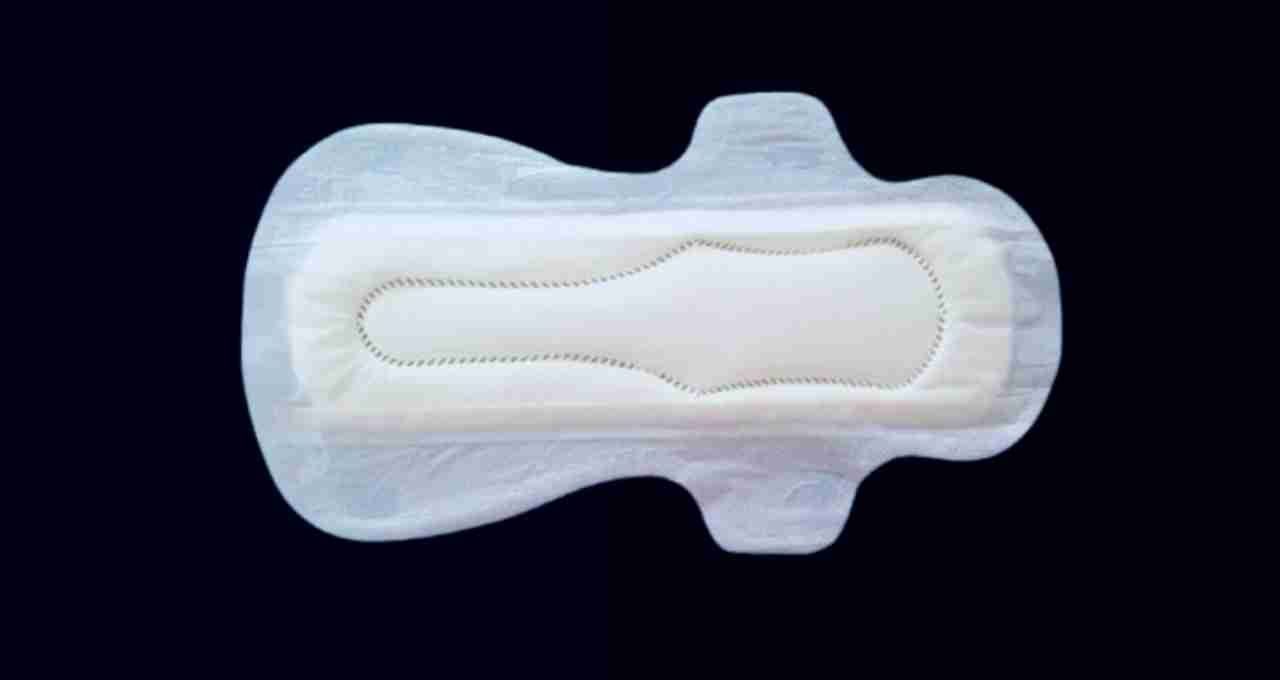
Advantages
- Sanitary pads are the most commonly used period product in India.
- External use eliminates the need for internal insertion, making it more comfortable for many women.
- Pads are easy to use for girls and women starting their periods.
- The risk of infection is relatively low as it does not enter the vagina.
Disadvantages
- Prolonged use can cause rashes, itching, and odor.
- There is a risk of staining clothes during heavy flow.
- Pads can be uncomfortable in hot and humid weather.
- They are environmentally harmful as most pads are plastic-based and non-biodegradable.
2. Tampons: Convenient for Active Women
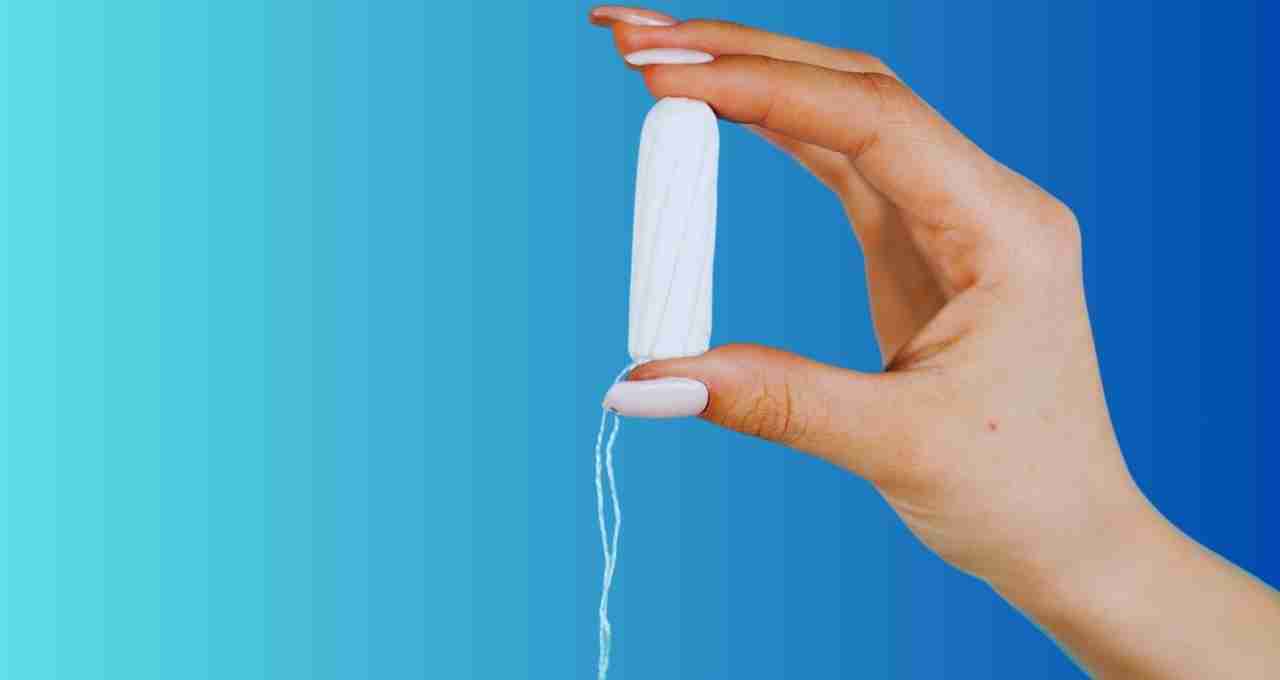
Advantages
- Tampons are inserted internally, making them invisible.
- They are highly convenient for women engaging in activities like swimming, running, and gym workouts.
- The risk of odor and leakage is lower compared to pads.
- Their small size allows for easy bag storage.
Disadvantages
- First-time users may find insertion and removal challenging.
- Prolonged tampon use can increase the risk of Toxic Shock Syndrome (TSS), a serious infection.
- Tampons can absorb vaginal moisture, potentially causing dryness, irritation, and discomfort.
3. Menstrual Cups: Environmentally and Budget-Friendly
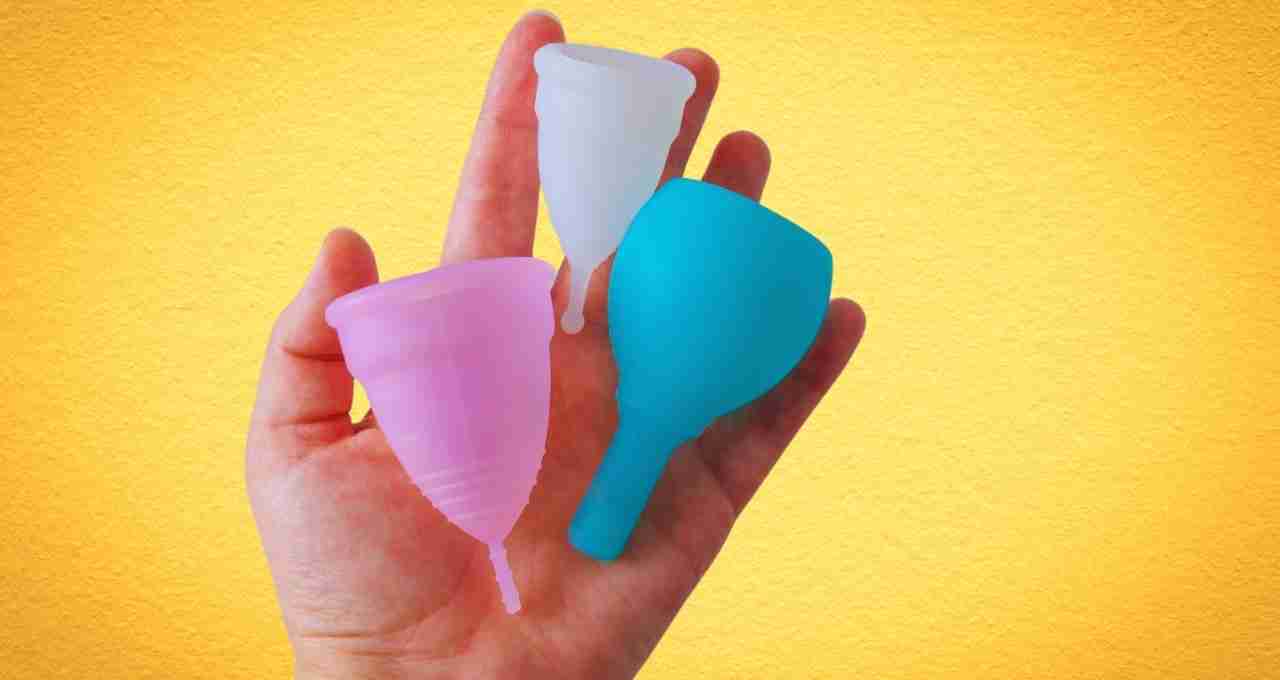
Advantages
- Silicone or rubber menstrual cups are reusable and last for 5-10 years.
- Once inserted, they can be worn for 8-12 hours without changing.
- Their blood-holding capacity is significantly higher than other options, reducing the likelihood of leakage.
- They eliminate the need for frequent purchases, making them economically beneficial.
- They are environmentally safe due to reusability and reduced waste.
Disadvantages
- Learning the insertion and removal process can be initially difficult.
- Thorough cleaning and sterilization after each use is crucial to prevent infection.
- Initially uncomfortable for women with vaginal infections.
Hygiene is Paramount
Dr. Rahul Manchada emphasizes that regardless of the chosen product, maintaining cleanliness is crucial. If a vaginal infection is present or recurrent infections occur, pads are considered safer than tampons or cups. Always carefully read and follow the instructions for any product before use.
Advice for Women
- Change pads or tampons every 4-6 hours.
- Sterilize menstrual cups thoroughly before and after each use.
- Consult a doctor for excessive bleeding.
- Read the guidelines before using tampons or cups for the first time.
- Discontinue use immediately if any allergic reaction or irritation occurs.
Every woman's body is different, leading to varied preferences. Some find pads more comfortable, while others prefer tampons or menstrual cups. Therefore, understanding your body, maintaining hygiene, and choosing the most convenient option is paramount.
